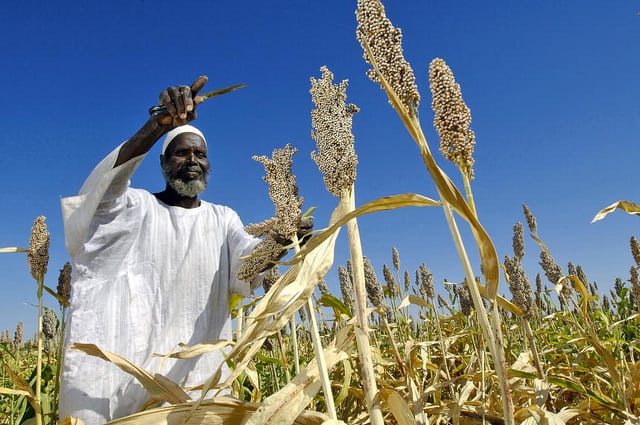Farmers in developing nations bear the “major brunt” of natural disasters yet receive just a small percentage of post-disaster aid, says a new study released today by the Food and Agriculture Organization (FAO) at the UN World Conference for Disaster Risk Reduction in Sendai, Japan.
22 per cent of all damage inflicted by natural hazards such as drought, floods storms or tsunamis are registered within the agriculture sector, FAO’s analysis of 78 post-disaster needs assessments in 48 developing countries spanning the 2003-2013 period shows.
These damages and losses are often incurred by poor rural and semi-rural communities without insurance and lacking the financial resources needed to regain lost livelihoods. Yet only 4.5 percent of post-disaster humanitarian aid in the 2003-2013 period targeted agriculture.
[tweetthis url=”http://wp.me/p5Mdaw-AL”]Farmers often bear the brunt of natural disasters yet they only receive 4.5% of post-disaster aid #action2015 #wcdrr[/tweetthis]
FAO’s 22 percent figure represents only damages reported via post-disaster risk assessments, so while indicative of scale, the actual impact is likely even higher. To arrive at a closer estimate of the true financial cost of disasters to developing world agriculture FAO compared decreases in yields during and after disasters with yield trends in 67 countries affected by (at least one) medium- to larger-scale events between 2003 and 2013.
The final tally: $70 billion in damages to crops and livestock over that 10 year period.
Asia was the most affected region, with estimated losses adding up to $28 billion, followed by Africa at $26 billion.
“Agriculture and all that it encompasses is not only critical for our food supply, it also remains a main source of livelihoods across the planet. While it is a sector at risk, agriculture also can be the foundation upon which we build societies that are more resilient and better equipped to deal with disasters,” said FAO Director-General José Graziano da Silva.
“This is why building resilience of livelihoods to threats and crises is one of FAO’s top priorities,” he added.
Worldwide, the livelihoods of 2.5 billion people depend on agriculture. These small-scale farmers, herders, fishers and forest-dependent communities generate more than half of global agricultural production and are particularly at risk from disasters that destroy or damage harvests, equipment, supplies, livestock, seeds, crops and stored food.
To help countries better prepare for and respond to disasters affecting agriculture, FAO today launched a new facility aimed at channeling technical support to where it is most needed. The facility will work to mainstream disaster risk reduction in agriculture at all levels through diverse activities.
Studies have shown that for every one dollar spent on disaster risk reduction, as much as four dollars are returned in terms of avoided or diminished impacts, Graziano da Silva noted.

